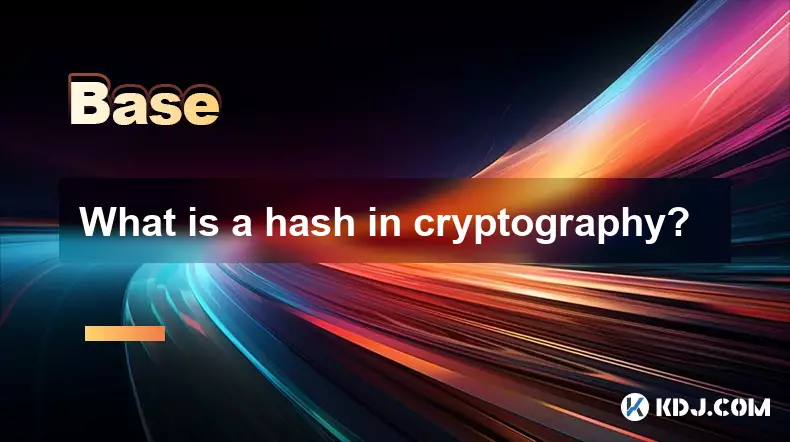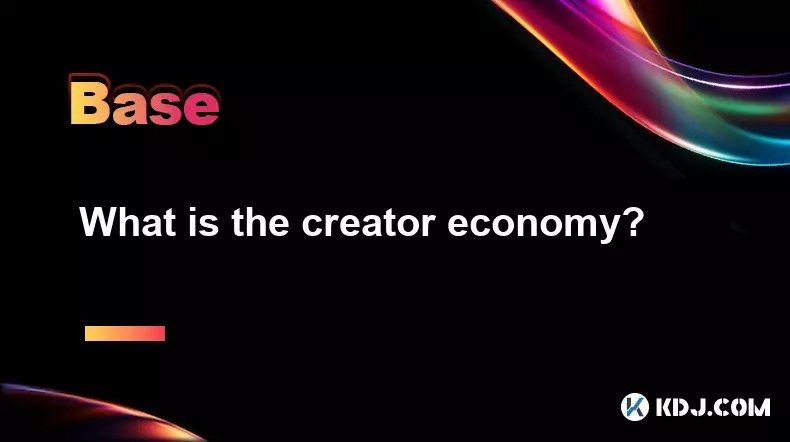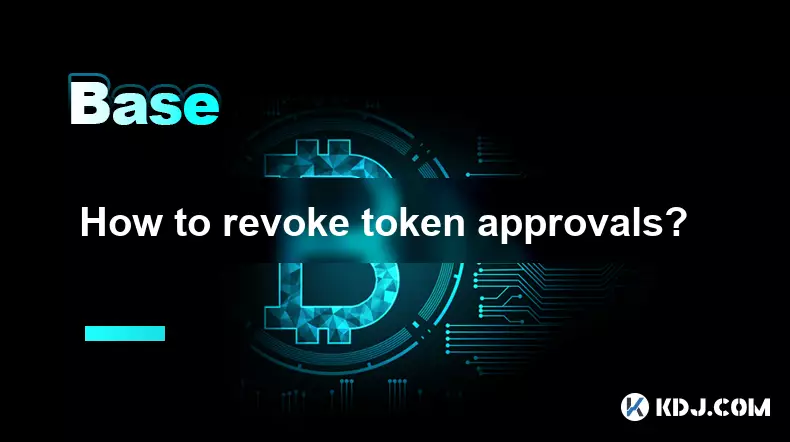-
 Bitcoin
Bitcoin $113800
2.35% -
 Ethereum
Ethereum $4332
1.12% -
 XRP
XRP $2.979
0.84% -
 Tether USDt
Tether USDt $1.000
0.01% -
 BNB
BNB $891.2
1.87% -
 Solana
Solana $222.0
3.09% -
 USDC
USDC $0.9998
-0.02% -
 Dogecoin
Dogecoin $0.2413
0.31% -
 TRON
TRON $0.3386
1.26% -
 Cardano
Cardano $0.8791
2.20% -
 Hyperliquid
Hyperliquid $54.65
2.86% -
 Chainlink
Chainlink $23.38
1.64% -
 Ethena USDe
Ethena USDe $1.001
0.00% -
 Sui
Sui $3.576
3.44% -
 Avalanche
Avalanche $28.64
10.90% -
 Stellar
Stellar $0.3805
2.28% -
 Bitcoin Cash
Bitcoin Cash $581.3
0.24% -
 Hedera
Hedera $0.2316
1.99% -
 UNUS SED LEO
UNUS SED LEO $9.558
0.08% -
 Litecoin
Litecoin $115.5
3.18% -
 Cronos
Cronos $0.2579
-0.86% -
 Toncoin
Toncoin $3.132
1.44% -
 Shiba Inu
Shiba Inu $0.00001294
1.09% -
 Polkadot
Polkadot $4.180
2.16% -
 Uniswap
Uniswap $9.639
2.15% -
 Ethena
Ethena $0.7804
-4.26% -
 Dai
Dai $0.9999
0.01% -
 Monero
Monero $267.6
-0.14% -
 World Liberty Financial
World Liberty Financial $0.1990
0.46% -
 Mantle
Mantle $1.472
11.83%
What is a hash in cryptography?
Cryptographic hash functions ensure blockchain security by enabling data integrity, immutability, and trustless verification through one-way, collision-resistant hashing.
Sep 10, 2025 at 11:18 pm

Understanding Cryptographic Hash Functions
1. A cryptographic hash function takes an input of any size and produces a fixed-size output, known as a hash or digest. This process is deterministic, meaning the same input will always generate the same hash value. The output is typically a string of hexadecimal characters, such as 64 characters for SHA-256.
2. One of the core properties of a secure hash function is that it should be computationally infeasible to reverse the process. Given a hash, it should be extremely difficult to determine the original input. This one-way nature is essential for protecting sensitive data like passwords and transaction records.
3. Another critical feature is collision resistance. It should be nearly impossible to find two different inputs that produce the same hash. Even a minor change in the input—like altering a single character—should result in a drastically different hash due to the avalanche effect.
4. Hash functions are widely used in blockchain technology. Each block in a blockchain contains the hash of the previous block, forming a secure chain. This ensures data integrity, as any tampering with a block would change its hash and break the chain, making the manipulation immediately detectable.
5. In the context of cryptocurrencies like Bitcoin, hashing is used in the mining process. Miners compete to find a hash that meets certain criteria by adjusting a nonce value. This process, known as proof-of-work, secures the network and validates transactions without relying on a central authority.
Role of Hashing in Blockchain Security
1. Every transaction in a cryptocurrency network is hashed and included in a block. These individual transaction hashes are then combined using a Merkle tree structure, resulting in a single Merkle root hash that represents all transactions in the block. This allows for efficient and secure verification of transaction data.
2. The immutability of blockchain relies heavily on hashing. Once a block is added to the chain, altering any transaction would require recalculating the hash of that block and every subsequent block, which is computationally impractical due to the distributed nature of the network and the proof-of-work requirement.
3. Hashing ensures transparency and trust in decentralized systems by enabling participants to verify data integrity without needing to trust a central entity. Users can independently verify that the data they receive matches the original by comparing hash values.
4. Wallet addresses in many cryptocurrencies are derived from public keys through hashing. For example, Bitcoin uses SHA-256 and RIPEMD-160 to generate addresses. This adds an extra layer of security and obscures the public key until a transaction is spent.
5. Digital signatures in cryptocurrency transactions often involve hashing the message before signing. This reduces the size of the data to be signed and enhances performance while maintaining security, as the signature is tied to the unique hash of the transaction.
Common Hash Functions in the Crypto Space
1. SHA-256 is one of the most widely used hash functions in cryptocurrency. It was developed by the National Security Agency (NSA) and is the backbone of Bitcoin’s mining algorithm and transaction processing. Its 256-bit output provides a high level of security against brute-force attacks.
2. Scrypt is another hashing algorithm, used by cryptocurrencies like Litecoin. It is designed to be more memory-intensive than SHA-256, making it less susceptible to specialized hardware like ASICs and promoting a more decentralized mining environment.
3. Ethash is the hash function used in Ethereum’s proof-of-work system. It emphasizes memory hardness to deter large-scale mining farms and encourage participation from regular users with consumer-grade hardware.
4. Each hash function is tailored to specific network goals, balancing security, decentralization, and performance. The choice of algorithm influences mining accessibility, network security, and resistance to centralization.
5. As quantum computing advances, there is growing interest in post-quantum cryptographic hash functions. While current hash functions like SHA-256 are considered relatively resistant to quantum attacks, future blockchain systems may adopt quantum-safe alternatives to ensure long-term security.
Frequently Asked Questions
What makes a hash function secure?A secure hash function must exhibit pre-image resistance (cannot reverse the hash), second pre-image resistance (cannot find a different input with the same hash), and collision resistance (cannot find any two inputs with the same hash). It should also display the avalanche effect, where small input changes produce vastly different outputs.
Can two different files have the same hash?In theory, yes, due to the finite size of hash outputs and infinite possible inputs—this is known as a collision. However, a secure cryptographic hash function makes finding such collisions practically impossible. No known collisions exist for SHA-256 under normal conditions.
Why do blockchains use Merkle trees?Merkle trees allow efficient and secure verification of large sets of data. By hashing pairs of transactions recursively, they produce a single root hash that represents all transactions. This enables lightweight clients to verify whether a transaction is included in a block without downloading the entire blockchain.
Is hashing the same as encryption?No. Hashing is a one-way function that cannot be reversed, while encryption is a two-way process that allows data to be encrypted and then decrypted with a key. Hashing is used for integrity and verification; encryption is used for confidentiality.
Disclaimer:info@kdj.com
The information provided is not trading advice. kdj.com does not assume any responsibility for any investments made based on the information provided in this article. Cryptocurrencies are highly volatile and it is highly recommended that you invest with caution after thorough research!
If you believe that the content used on this website infringes your copyright, please contact us immediately (info@kdj.com) and we will delete it promptly.
- Traders, Buybacks, and Breakouts: Decoding the Market's Latest Moves
- 2025-09-11 12:25:12
- Meme Coins, Crypto Projects, and Early Access: What's Hot in 2025?
- 2025-09-11 12:25:12
- KuCoin, KuMining, and Bitcoin Mining: A New Era?
- 2025-09-11 12:45:12
- Meme Coins in 2025: MoonBull, Layer Brett, and the Future of Viral Crypto
- 2025-09-11 12:30:12
- CEEX, Dubai VASP, and the Crypto Market: A New Era?
- 2025-09-11 12:30:12
- Altcoin Accumulation Alert: Aptos, Cardano, and the Hunt for the Next Big Thing
- 2025-09-11 12:45:12
Related knowledge

What is the creator economy?
Sep 10,2025 at 02:54am
Understanding the Creator Economy in the Digital Age1. The creator economy refers to a digital ecosystem where individuals produce content, build audi...

What is social recovery for wallets?
Sep 09,2025 at 09:54am
Understanding Social Recovery in Cryptocurrency Wallets1. Social recovery is a security mechanism designed to help users regain access to their crypto...

What is DeFiLlama?
Sep 10,2025 at 09:18am
What Is DeFiLlama and Why It Matters in the Crypto Space1. DeFiLlama is a data analytics platform that focuses on decentralized finance (DeFi) protoco...

What is CoinGecko?
Sep 11,2025 at 06:18am
What is CoinGecko?CoinGecko is a cryptocurrency data aggregator that provides real-time information on digital asset prices, trading volumes, market c...

How is crypto regulated?
Sep 10,2025 at 04:18pm
Understanding the Framework of Crypto Regulation1. Governments and financial authorities around the world have taken varied approaches to regulating c...

How to revoke token approvals?
Sep 09,2025 at 12:18am
Understanding Token Approvals in the Crypto Ecosystem1. Token approvals are a foundational component of blockchain interactions, especially within dec...

What is the creator economy?
Sep 10,2025 at 02:54am
Understanding the Creator Economy in the Digital Age1. The creator economy refers to a digital ecosystem where individuals produce content, build audi...

What is social recovery for wallets?
Sep 09,2025 at 09:54am
Understanding Social Recovery in Cryptocurrency Wallets1. Social recovery is a security mechanism designed to help users regain access to their crypto...

What is DeFiLlama?
Sep 10,2025 at 09:18am
What Is DeFiLlama and Why It Matters in the Crypto Space1. DeFiLlama is a data analytics platform that focuses on decentralized finance (DeFi) protoco...

What is CoinGecko?
Sep 11,2025 at 06:18am
What is CoinGecko?CoinGecko is a cryptocurrency data aggregator that provides real-time information on digital asset prices, trading volumes, market c...

How is crypto regulated?
Sep 10,2025 at 04:18pm
Understanding the Framework of Crypto Regulation1. Governments and financial authorities around the world have taken varied approaches to regulating c...

How to revoke token approvals?
Sep 09,2025 at 12:18am
Understanding Token Approvals in the Crypto Ecosystem1. Token approvals are a foundational component of blockchain interactions, especially within dec...
See all articles

























































































